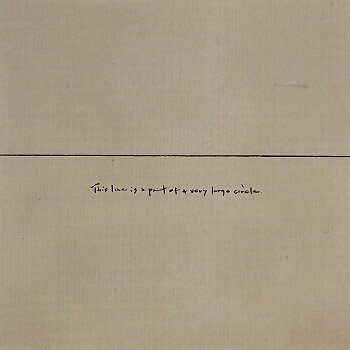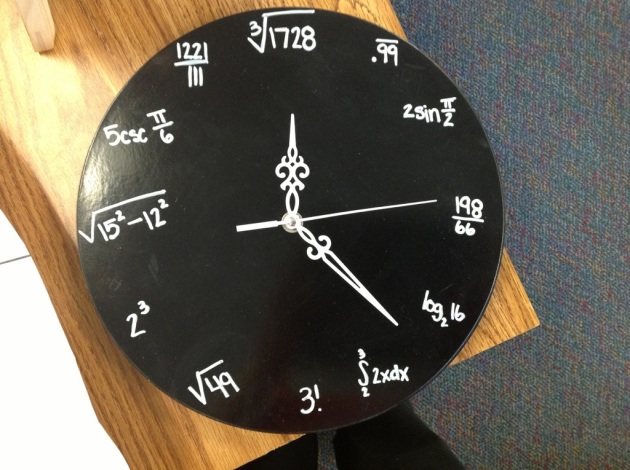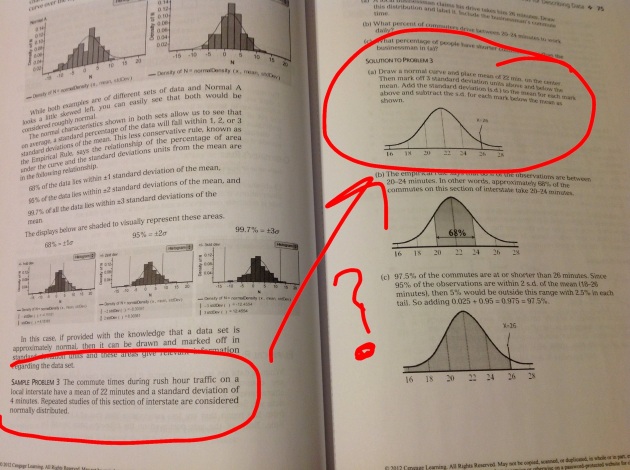I started my Master’s program this summer. It is focused on research, and has us spending each summer working out in industry. We hope that we can learn more about how science, technology, engineering and math are used in the real world, and thus make our teaching more relevant for our students.
I am spending the summer at a company that makes those little black bug-looking things that go into electronics. Those things are called Integrated Circuits. They also probably made your favorite calculator. But I am working in the Failure Analysis Lab. We get the pieces that are sent back from customers and have failed or otherwise need to be investigated.
I just wrapped up my second week, and am still learning. But the most important thing, the thing I most want to take out of that place and into my classroom is curiosity. These men (and yes, it is all men on the team I am on) are legitimately interested and curious about each and every part that comes in. I have seen three guys crowded around a microscope and computer screen, pouring over the little details on a circuit, debating over the source of the problem. One guy suddenly remembers that he had helped someone else on the same sort of problem months ago, and runs off to find that report. Hours later, after we have done more processes and more tests to find the exact problem, the guys are asking about what we found.
This is their job, but they like it. Every day presents new challenges and puzzles, and every day they are excited to solve those puzzles. How I wish I could help my students develop that kind of curiosity about math!


